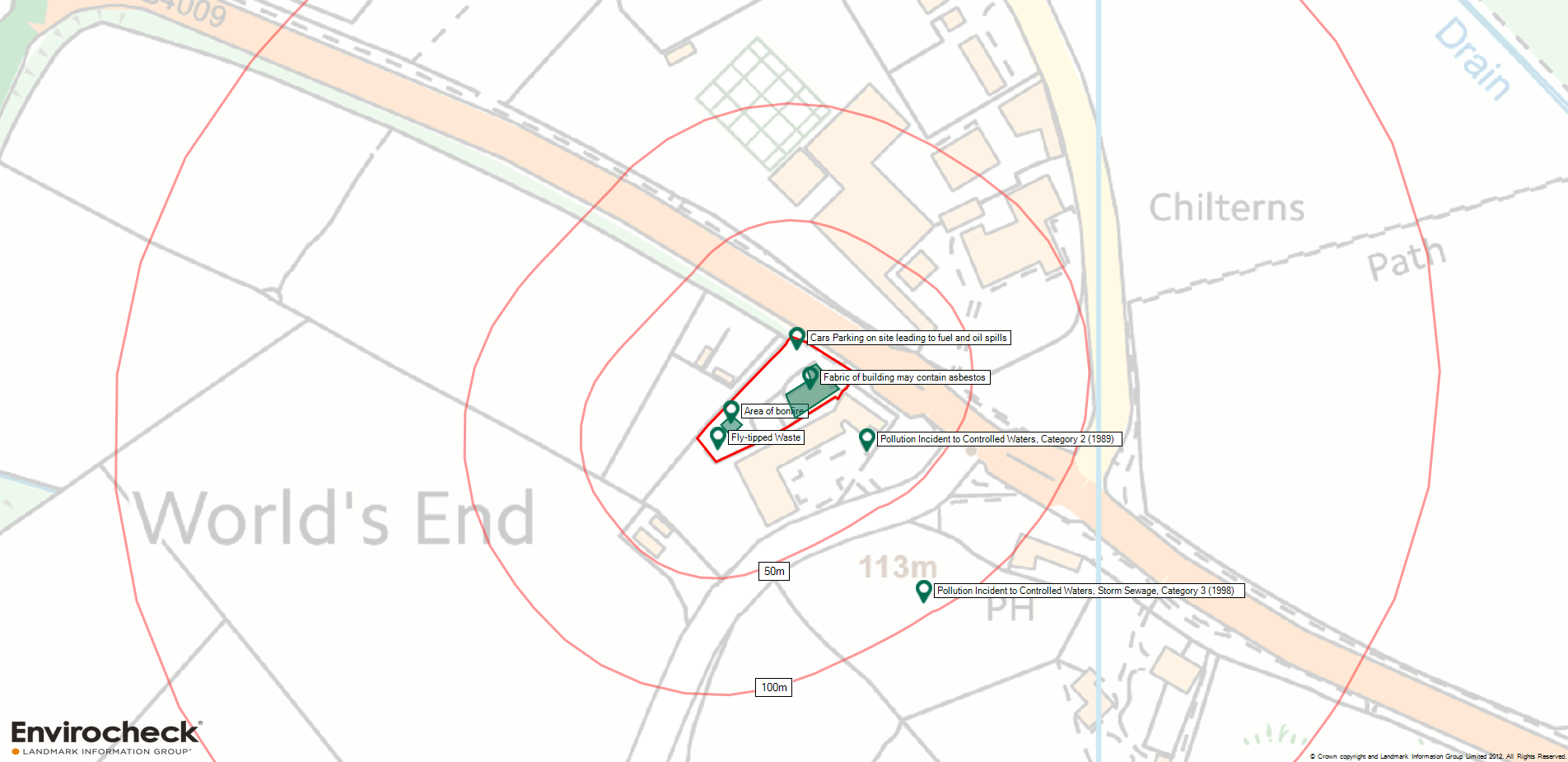Desk based research and site reconnaissance (commonly known as ‘phase 1 desk study’) are used to develop a conceptual model and as a basis for preliminary risk assessment. Under current environmental regulations a desk study is the minimum submission required for a planning application for redevelopment on a brownfield site where land contamination may be present.
The purpose of the desk study is to establish whether there are any unacceptable risks to human health, property or the environment, arising from potential contamination at the site.
Developers are obliged to comply with the environmental regulations at each step of the planning, design and construction process. Local planning authorities have a duty to make sure any investigation, and remedial work is carried out in accordance with current guidance to an acceptable level. An environmental risk assessment is a key element in the first stages of this process.
The desk study can be tailored to look at different aspects that may have implications for development including: geology; hydrology; hydrogeology; environmental sensitivity; and contemporary and historical uses of the site and surrounding area. The main aim of the research is to identify the potential risks associated with geotechnical, environmental or contamination hazards.
The research may include: a review of local historical maps; aerial photographs; public register searches and archive data; and consideration of the geological, hydrogeological and hydrological conditions for the site. The desk study will seek to identify potential hazards like ground instability, mining activity, landfill, potential sources of contamination and pollution incidents.
The reconnaissance survey can identify potential issues, such as: above and below ground tanks; asbestos containing materials; desiccated soils; and ground stability. The reconnaissance survey also provides opportunity to obtain information from current site owners or the public which could provide further information on site history.
The findings of the desk study are summarised in an outline conceptual site model (CSM) and a preliminary qualitative risk assessment. The outline CSM identifies the potential pollutant linkages between identified sources of contamination and site receptors. The CSM should be updated on completion of each stage of investigation to offer a better understanding of the active pollutant linkages.
Where the CSM identifies a potential active pollutant linkage, further investigation will be required to assess the level of risk associated with the identified linkage. However, if the CSM does not find any potential active pollutant linkages, further investigation and assessment of a site may be unwarranted.


